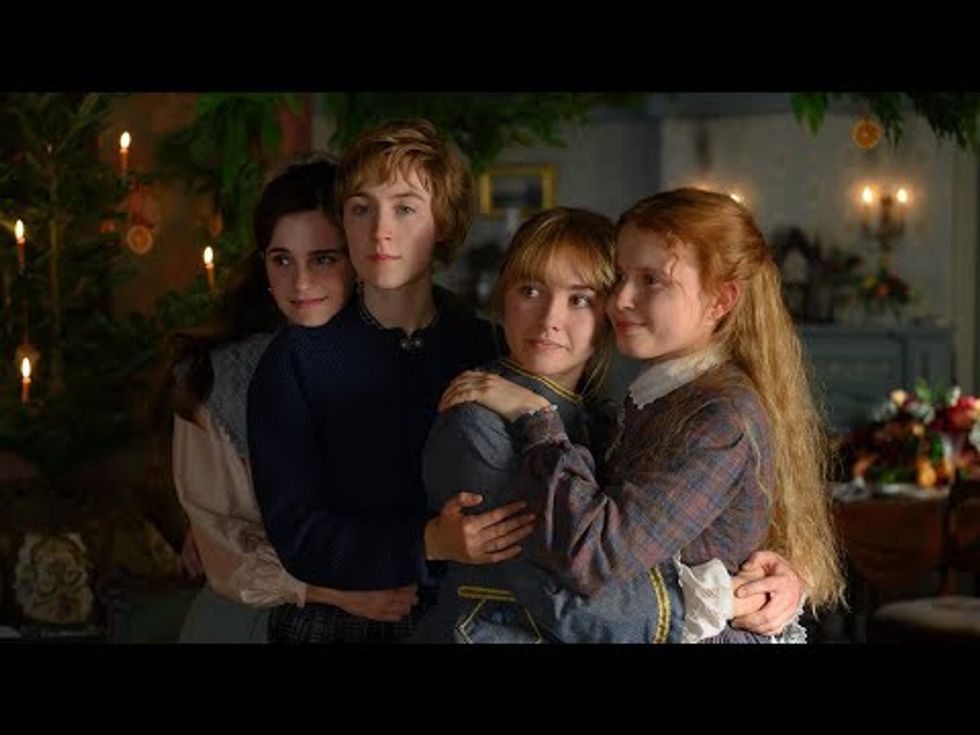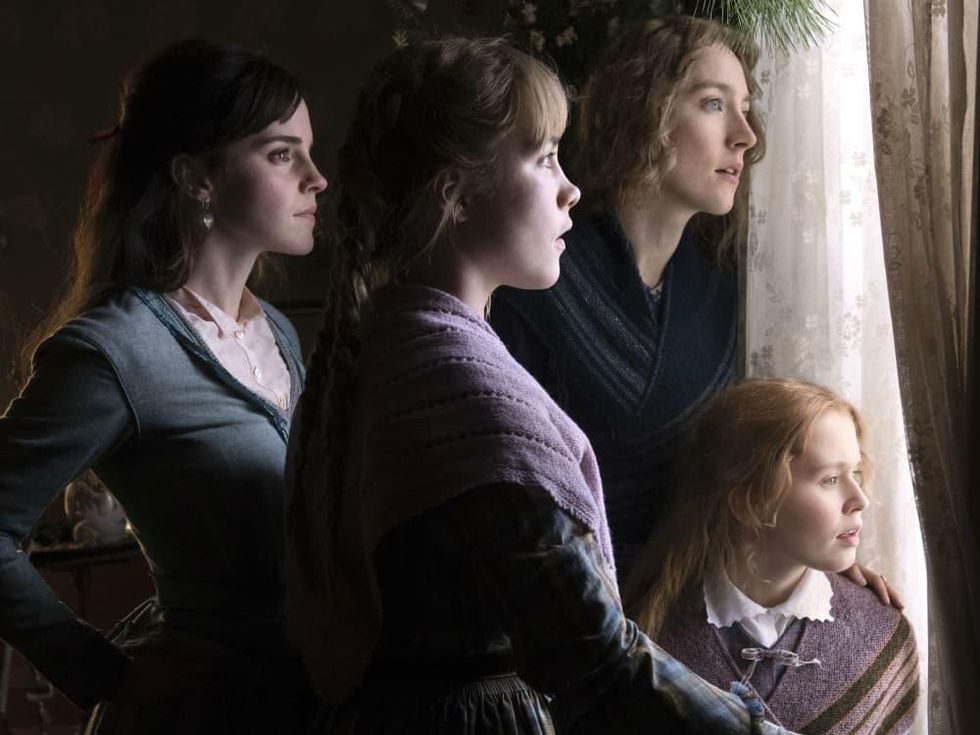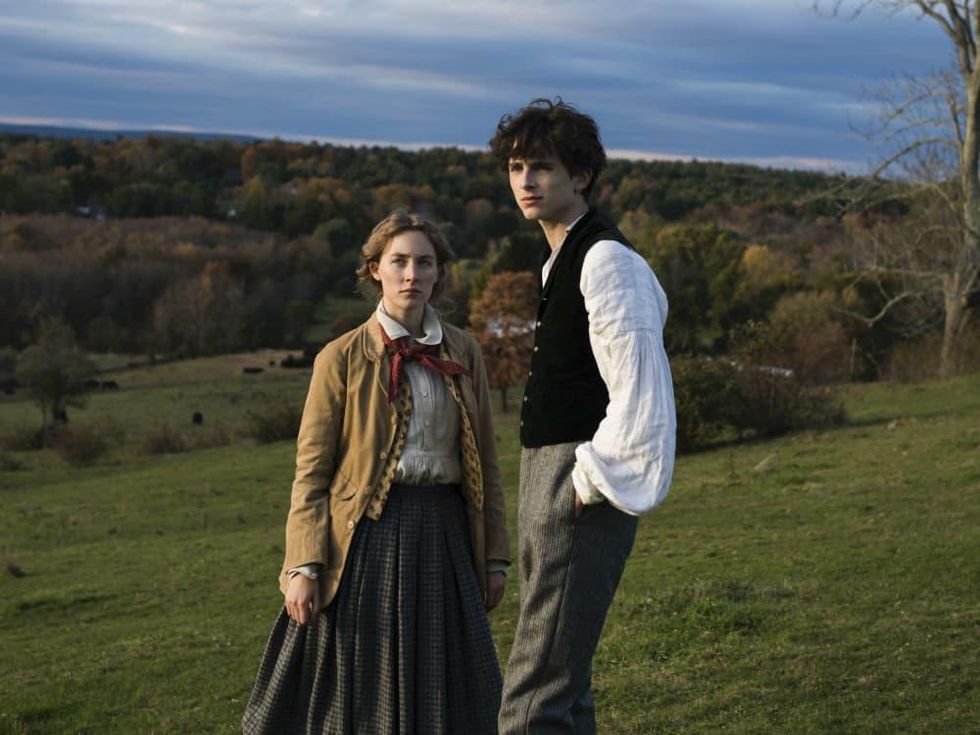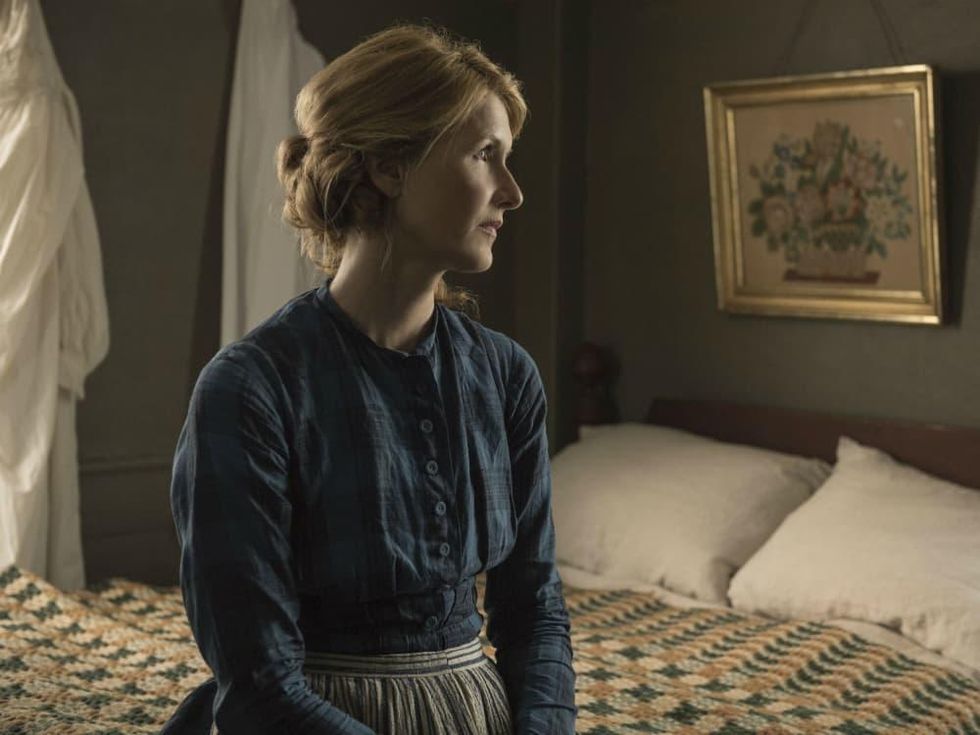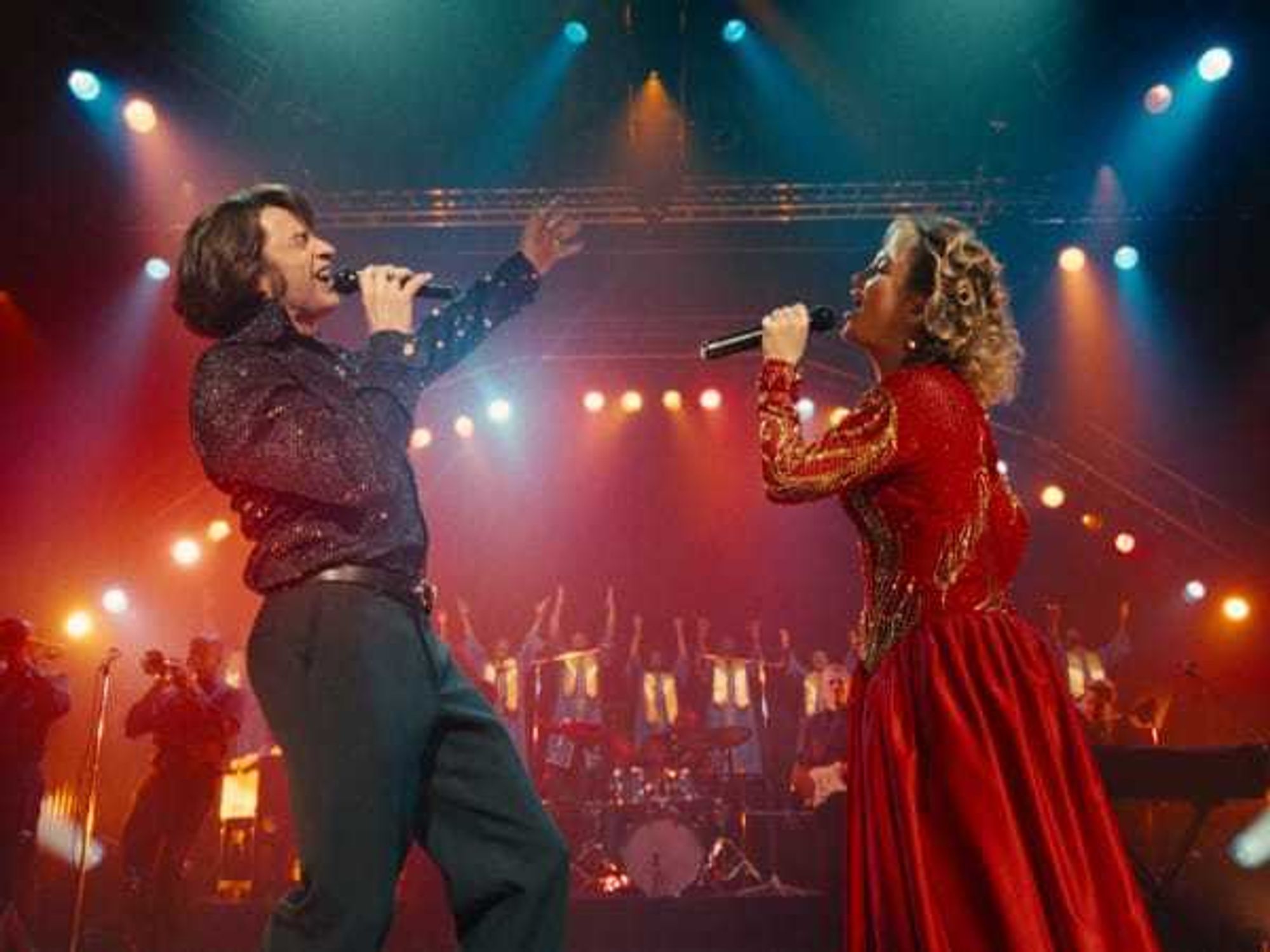Movie Review
Mixed-up story hinders Little Women, but acting shines through
Luisa May Alcott’s Little Women, which was first published in 1868, is a classic novel that has had no fewer than eight feature film adaptations and multiple TV adaptations. For those of a certain age, the 1994 version starring Winona Ryder, Kirsten Dunst, Claire Danes, and Christian Bale is the ultimate version, one with which the new version written and directed by Greta Gerwig will have to compete.
As always, the film tells the story of the four March sisters — headstrong Jo (Saoirse Ronan), romantic Meg (Emma Watson), artistic Amy (Florence Pugh), and musical Beth (Eliza Scanlen) — as they grapple with life in a post-Civil War society. The four girls pursue their own interests while always coming back to home to the safety of life with family, including mother Marmee (Laura Dern).
They live next door to Mr. Laurence (Chris Cooper), whose grandson Theodore (Timothée Chalamet), aka Laurie, becomes fast friends with the sisters, especially Jo. The sisters’ lives go through the usual ups-and-downs over the course of five years or so, including romantic entanglements, illness, the pursuit of new professions, and more.
Although it’s not a word one would normally use to describe the genteel story, much of the first half of Gerwig’s version is chaotic. As originally published, the book details the girls’ younger years in the first part before fast-forwarding a few years to their young adulthood in the second part. Gerwig has put all of that into a blender, zipping back and forth between younger and older scenes so often that it’s often difficult to tell what time period in which a particular scene is set.
While many people likely read the book in middle or high school or have seen one of the myriad adaptations, a filmmaker should never assume everyone is familiar with the text. Gerwig throws caution to the wind, guessing that people will be able to keep up with all of the characters and their intertwining relationships. While the time spent with everyone does wind up paying dividends, it takes a while for emotional connections to be made, something that wouldn’t have been an issue if the story had been told chronologically.
The jumbling of timelines also serves to undercut some of the more touching moments of the story. Two of the more significant plot developments are alluded to before they have had a chance to organically happen, and the impact of those moments when they do take place is dulled as a result.
The things that Gerwig does right, however, far outweigh her questionable storytelling approach. She is very generous to her actors, letting them take their time when appropriate and giving every main character a nice showcase. She also juxtaposes different time periods to make solid points about just how much each of the sisters changes over time, something that wouldn’t be as apparent if the storylines were separated.
The film is also exquisitely shot, thanks to the collaboration between Gerwig and cinematographer Yorick Le Saux. Period films can often be somewhat boring in their visuals, but the filmmakers keep things interesting with a variety of different shots, lighting, and more.
Ronan was the heart and soul of Gerwig’s last film, Lady Bird, and she delivers once again here. Jo is the biggest part in the film, and Ronan has the confidence and ability to carry every scene she’s in. Pugh has had quite the diverse year, between this, Fighting with My Family, and Midsommar, and this role is arguably her best yet. Watson successfully puts Hermione Granger behind her, showing a maturity that had previously eluded her.
Even though the structure of Gerwig’s Little Women is initially off-putting, the film settles into a rhythm that makes sense in the end. With the high level of acting and a filmmaker proving her chops once again, these Little Women are well worth your time.
